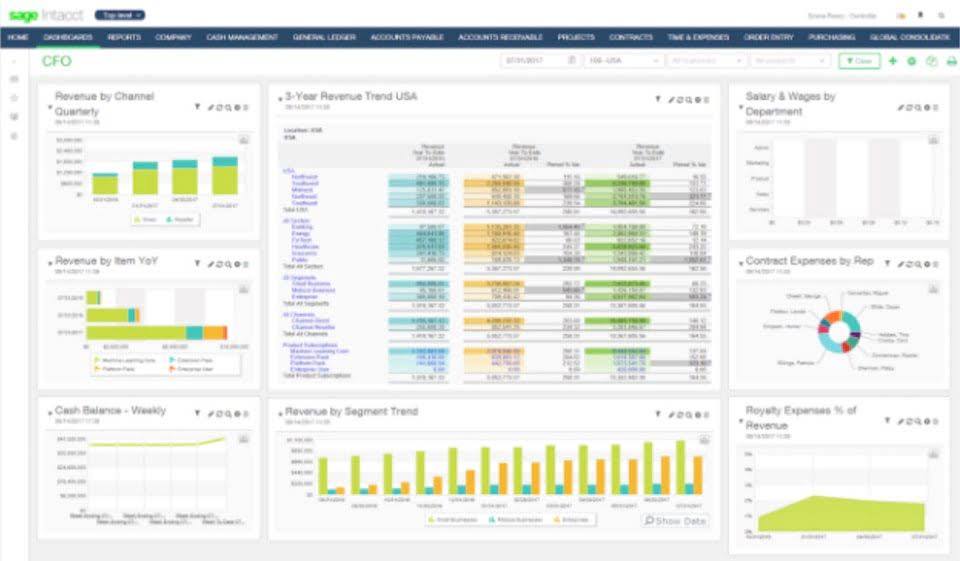
The excess of the amount withdrawn over retiring partner’s equity in the partnership is divided between the remaining partners on the basis stated in the partnership agreement. A partner’s capital account balance is affected by numerous transactions throughout the year as well as current earnings, which are distributed to the partners based on their ownership percentages. Ownership rules and percentages are spelled out in the partnership agreement. As discussed above, a partner’s initial tax basis and capital account reflect any deemed capital contributions for syndication costs borne by the partner on behalf of the partnership. Unlike a capital account, though, a partner’s basis in its partnership interest is generally not affected when the partnership is treated Suspense Account as the payer of the syndication costs.
- Assume that Partner A and Partner B have 50% interest each, and they agreed to admit Partner C and give him an equal share of ownership.
- However, real-life redemptions often involve not just cash settlements but also the transfer of various assets.
- The basic varieties of partnerships can be found throughout common law jurisdictions, such as the United States, the U.K., and the Commonwealth nations.
- Partner A owns 60% equity, Partner B owns 40% equity, and they agreed to admit a third partner.
- The redemption of a partnership interest, often referred to as a partner buyout, is a crucial process that affects the partnership’s financial and tax reporting.
Partnership Formation Accounting
For a fuller explanation of journal entries, view our examples section. If goodwill is to be retained in the partnership and therefore continue to be recognised as an asset in the partnership accounts, then no cash flow further entries are required. Liquidation of a partnership generally means that the assets are sold, liabilities are paid, and the remaining cash or other assets are distributed to the partners. This difference is divided between the remaining partners on the basis stated in the partnership agreement.

4 Prepare Journal Entries to Record the Admission and Withdrawal of a Partner

Each of the existing partners may agree to sell 20% of his equity to the new partner. The result for the new partner will be the same as if a single owner sold him 20% interest. They agreed to admit a fourth partner, Partner D. As in the previous case, Partner D has a number of options. He can buy shares of interest from one of the partners, or from more than one partner.
Example of Balance Sheet for a Partnership

A bonus is the difference between the value of a partner’s capital account and the cash payment made at the time of that partner’s or another partner’s withdrawal. Partnership accounts involve the preparation and maintenance of financial records that reflect the contributions, profit-sharing, and withdrawals of partners in a partnership firm. These accounts include the Capital Account, Current Account, Profit and Loss Appropriation Account, and other relevant financial statements.
Free Partnership Agreement Template

Use our partnership dissolution agreement to protect your interests and assets and to provide clarity and protection for all parties involved. Use our general partnership agreement to outline the terms of your business partnership. Attracting new partners can also be challenging if the partnership needs to expand beyond the partners’ existing capacity. The structure can attract prospective partners who do not have prior experience working together. An agreement can describe other options, such as the process of valuing and transferring the departing partner’s interest to the remaining partners, rather than dissolving the business entirely. This type of partner cannot manage or exercise control over the business.
- This account helps separate long-term capital from short-term transactions.
- A successful partnership can increase the chances that a business will launch successfully by allowing partners to pool their resources and abilities.
- Upgrading to a paid membership gives you access to our extensive collection of plug-and-play Templates designed to power your performance—as well as CFI’s full course catalog and accredited Certification Programs.
- Partnerships are pass-through businesses, meaning the partnership itself does not pay income tax.
- Effective communication, regular reviews, and a detailed partnership agreement are also crucial for maintaining harmony and transparency among partners.
Partnership Journal Entries Examples

There is no federal statute defining partnerships, but the Internal Revenue Code (Chapter 1, Subchapter K) includes detailed rules on their federal tax treatment. An LP gives contributors a way to invest without incurring legal liability. In some jurisdictions, this business structure is considered a separate legal entity that can enter into contracts and take on obligations. For example, holding an annual general meeting like a corporation or other kinds of business structures is unnecessary. Except for registering a business name, there are few government requirements specific to this type of partnership2.
Advantages of Partnership Business
Partners may receive property, inventory, and other tangible assets as part of their redemption, each requiring careful evaluation and recording. Interest on drawingsCharging interest on drawings is a means of discouraging partners from withdrawing excessive amounts from the business. From this, it follows that interest on drawings is a partnership accounting debit entry in the partners’ current accounts and a credit entry in the appropriation account.





發表迴響
抱歉,你必須要登入才能發表迴響喔!